
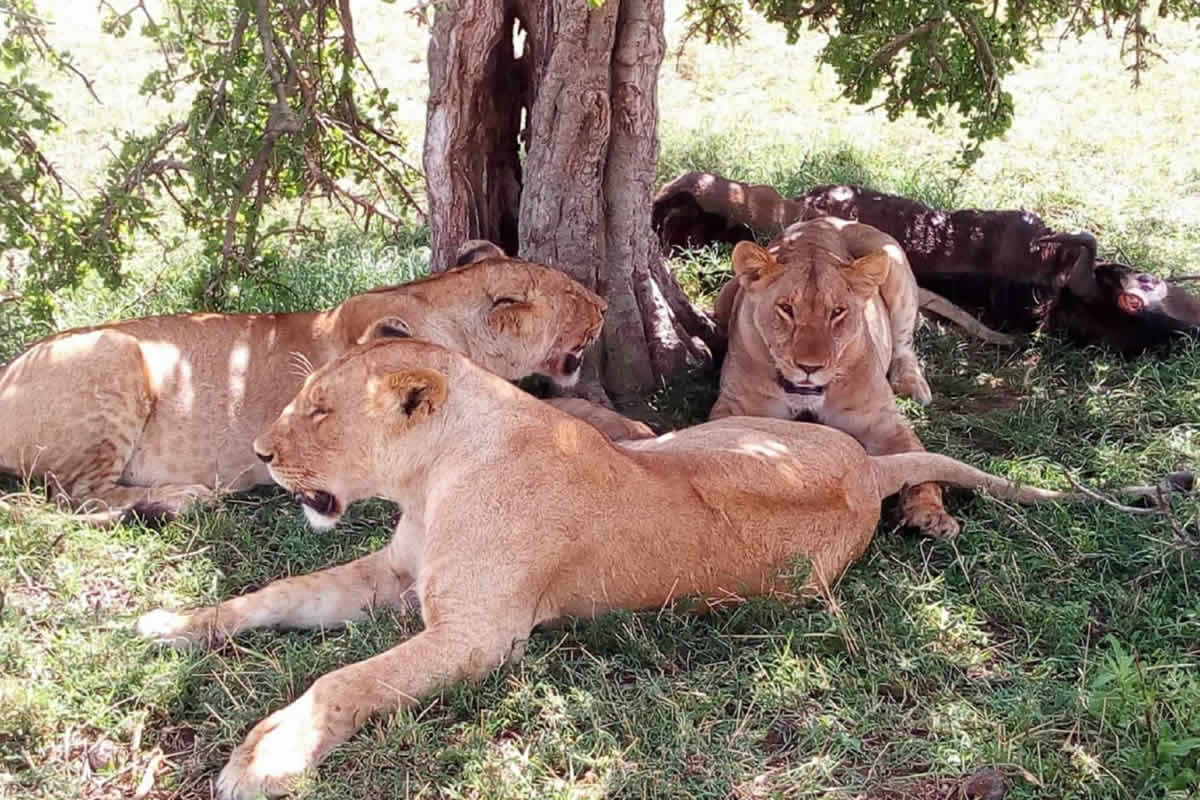
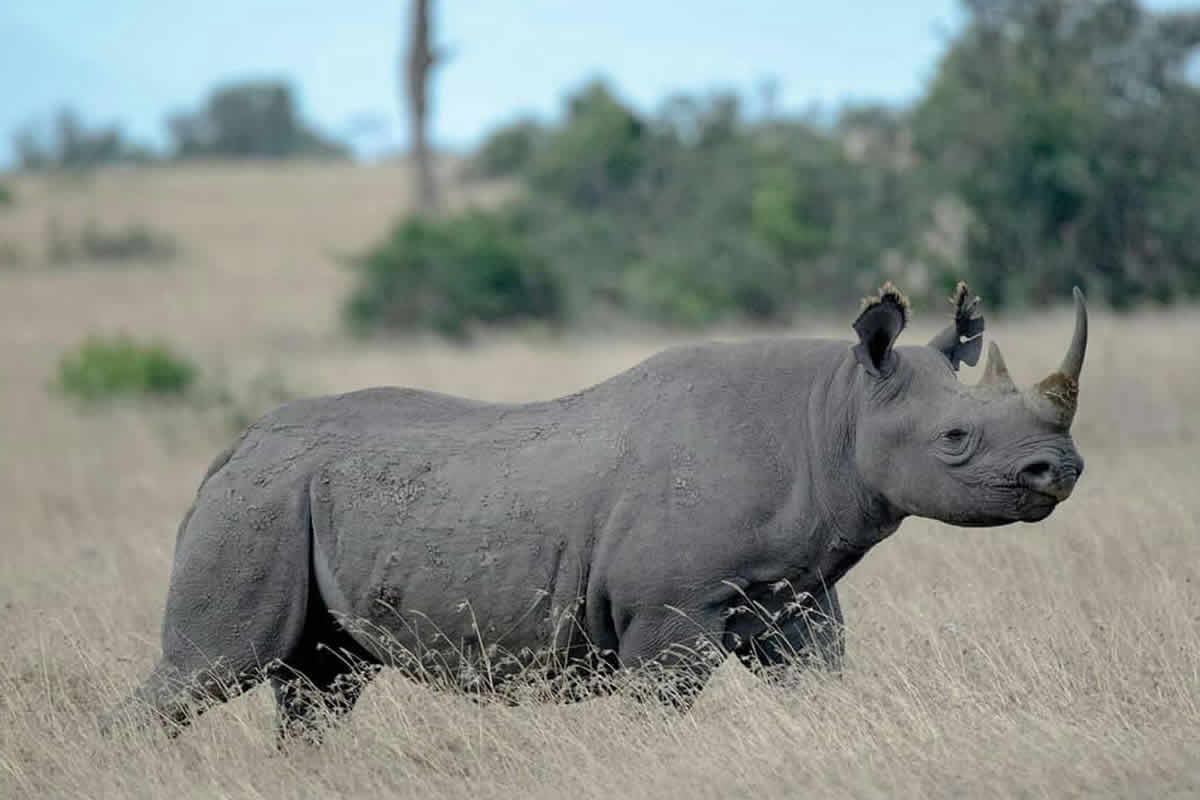


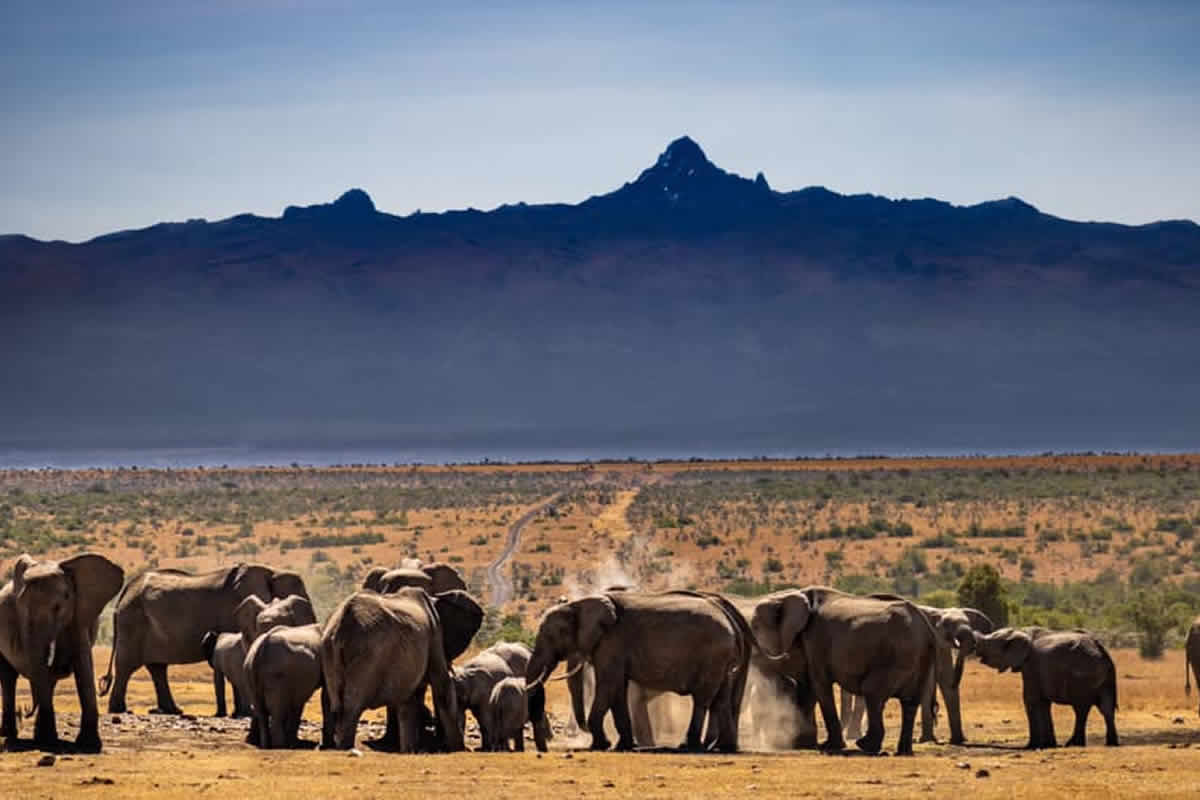
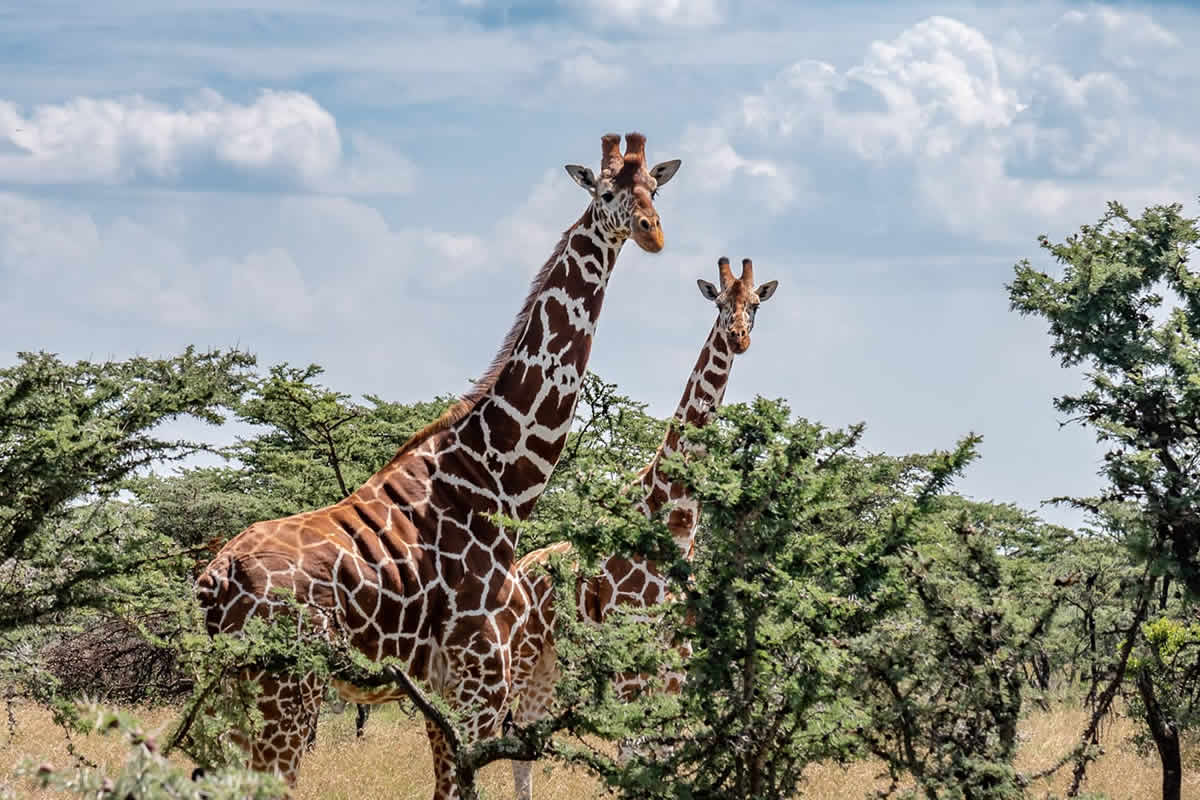

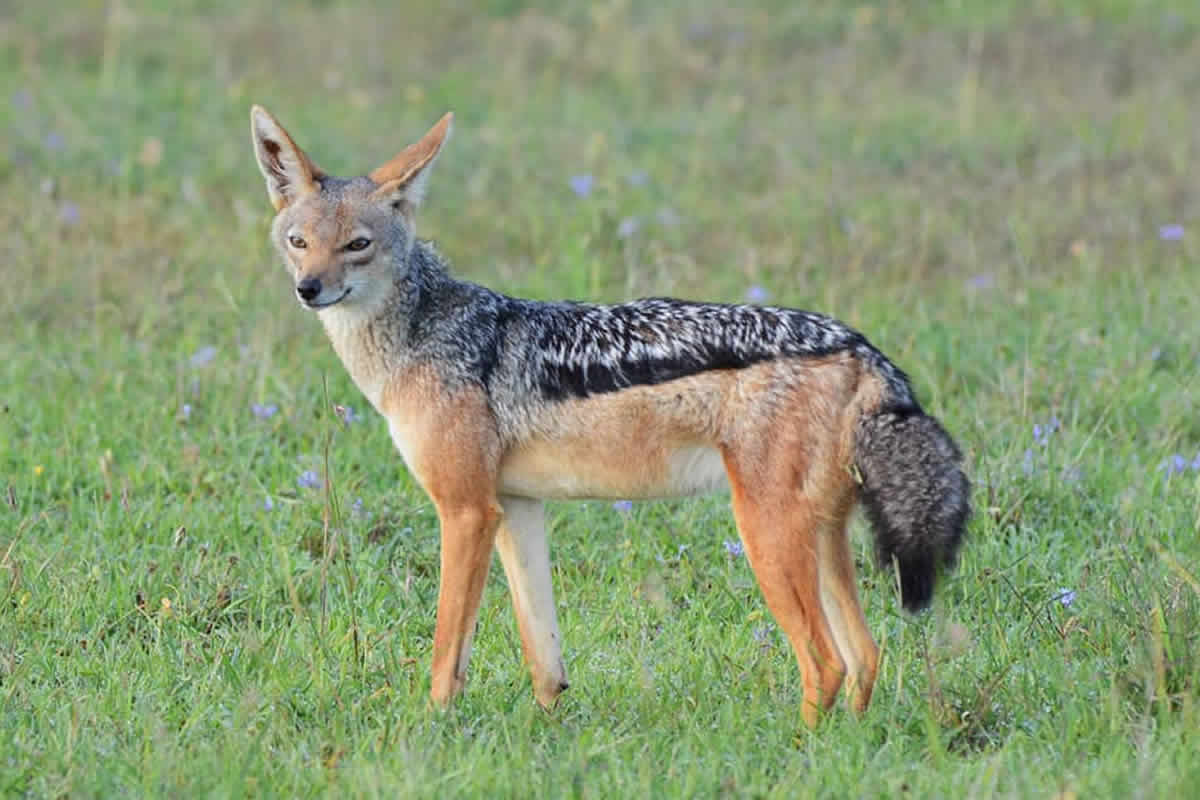
Across the 36,400-hectare conservancy, you might spot lion prowling the plains, giraffe and elephant munching on whistling thorn trees,
cheetah scanning for prey or even elusive wild dog and leopard. It’s one of the largest black rhino sanctuaries in East Africa. Unlike in many protected areas, cattle farming has been built into Ol Pejeta’s conservation plan, benefitting the land and wildlife through strategic grazing, and the people through employment.

Ol Pejeta offers a huge range of activities and is ideal for active types, families or honeymooners, making it one of the best places to visit in Kenya. Start the day with a jog with the rangers or a walk across the savannah to spot birds, learn about tracking, identify plants and maybe even watch a black rhino browsing from a safe distance. As well as game drives, visitors can go cycling or horse riding through the reserve, meet the anti-poaching dogs or track lion with the conservancy’s researchers. The fees for these activities help fund conservation initiatives.
Ol Pejeta Conservancy is also where the fastest growing population of rhino in Africa can be found. There are southern white rhino, about 80 endangered black rhino and in a special sanctuary there are two of the world’s last remaining northern white rhino.
Safari by vehicle is not the only option at Ol Pejeta. Safari game walks, horse rides and even camel rides are available, as are safari night drives.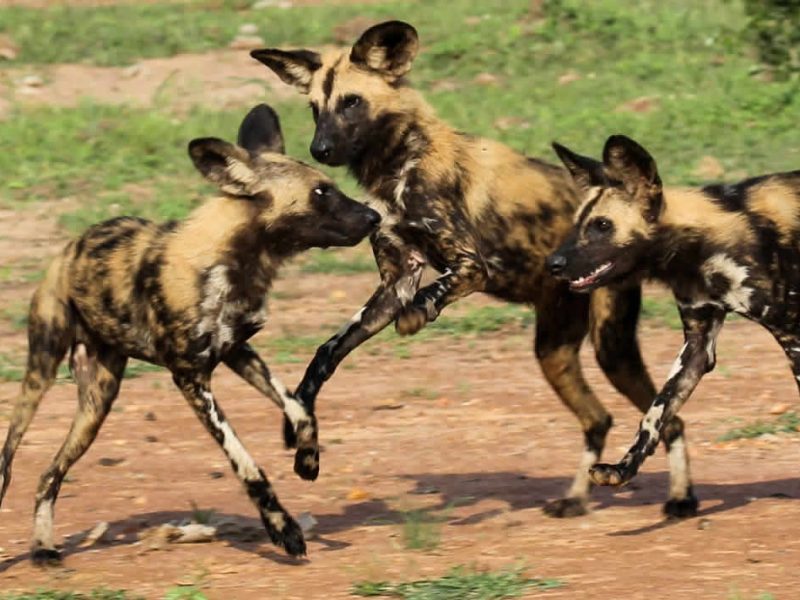
Since being established in 1988 Ol Pejeta has had a colourful list of previous owners including Lord Delamere, an early and influential settler from Britain, shipping tycoon Aristotle Onassis’ father Roussel and the arms dealer Adnan Khashoggi. It was set up originally as a cattle ranch but herds of migrating elephant regularly destroyed the fenced enclosures making intensive cattle farming impracticable. Cattle still plays a role in Ol Pejeta today but as a managed livestock within the conservancy and is used to maximise the bio-diversity of the land making Ol Pejeta an integrated wildlife and livestock area.
The conservancy is keen to educate as well and has an Environmental and Conservation Centre that welcomes around 100 Kenyan schools through its doors annually. The Centre focusses on teaching ecology, culture and the importance of sustainable wildlife management to safeguard the future of the conservancy. Visitors can also learn about local culture and traditions by meeting the peoples of the Samburu, Turkana, Pokot and Maasai.
Activities at the Olpejeta Conservancy

Not sure where to start planning your dream safari? Get ideas for free now
